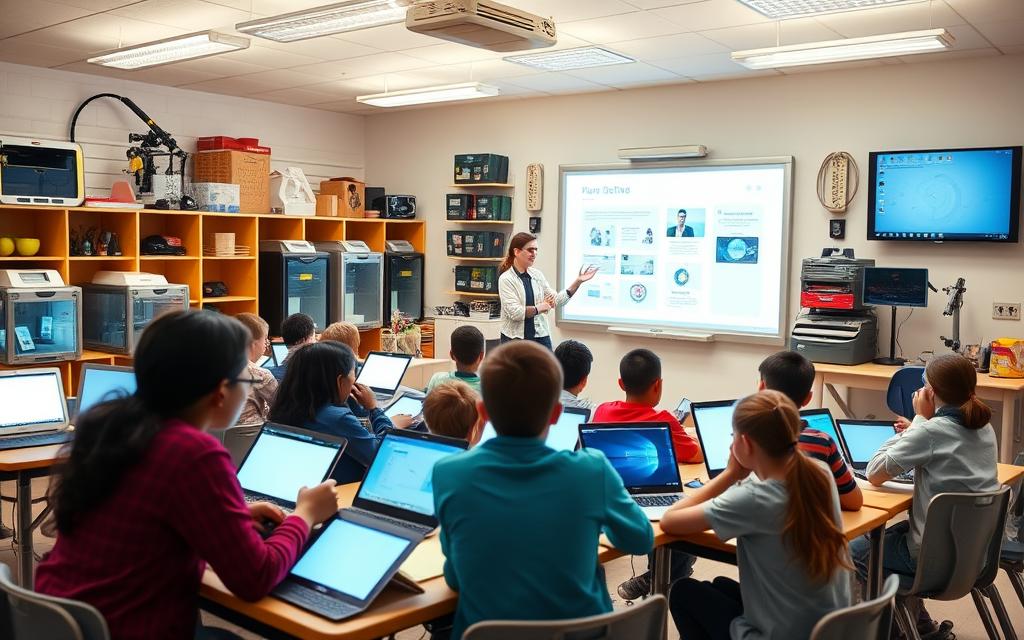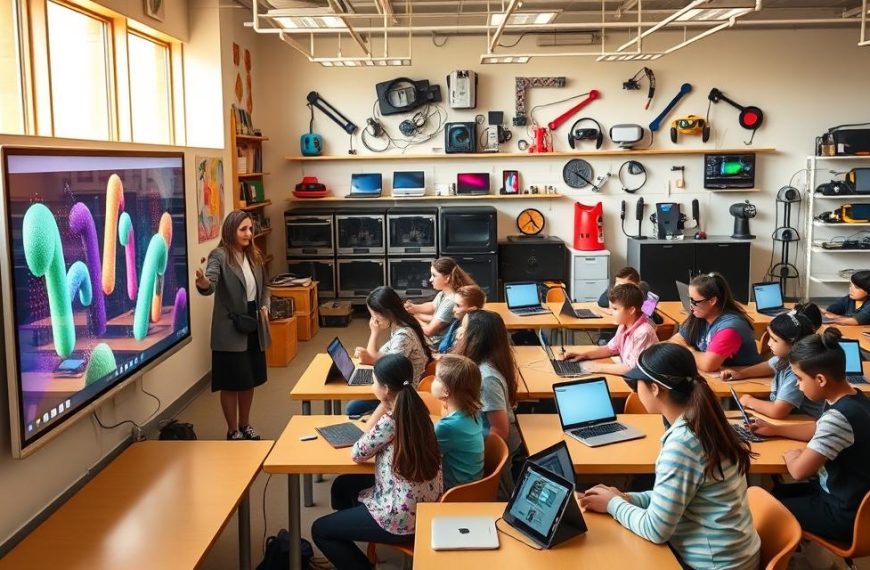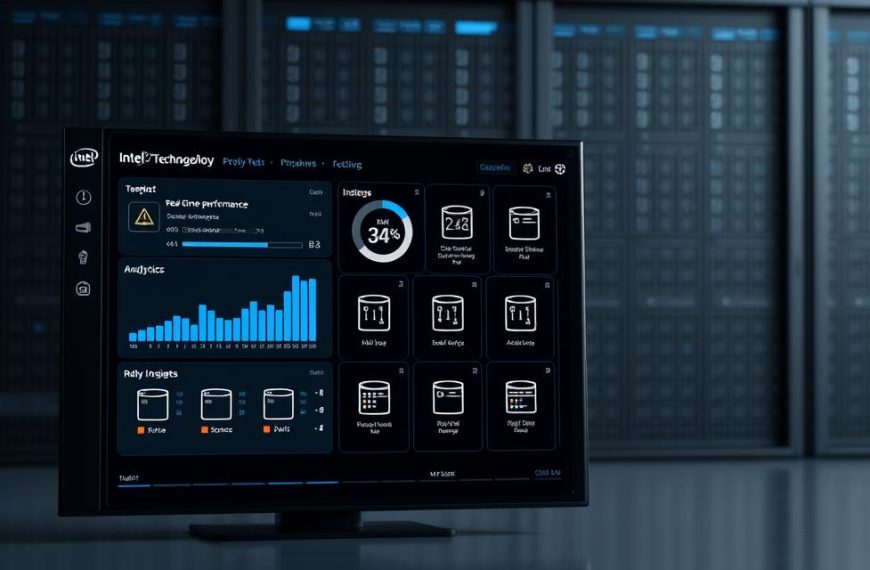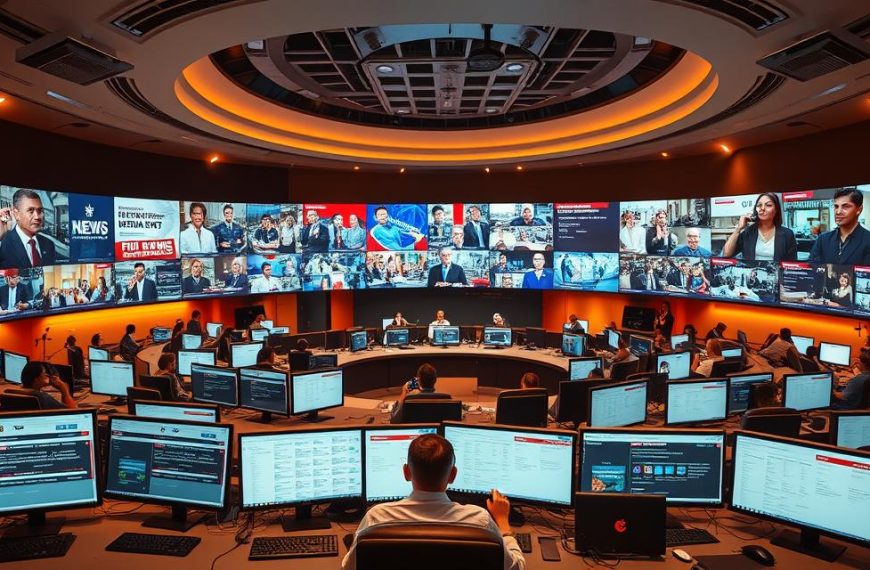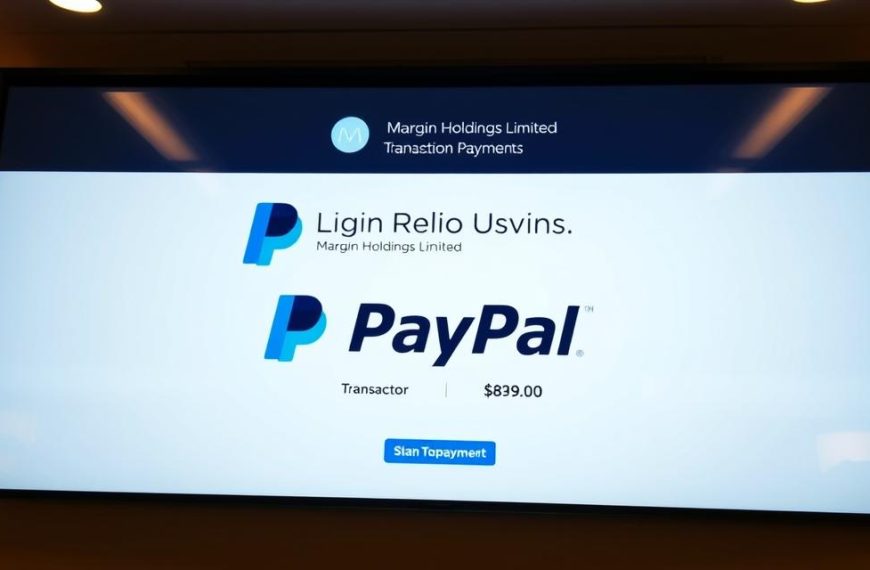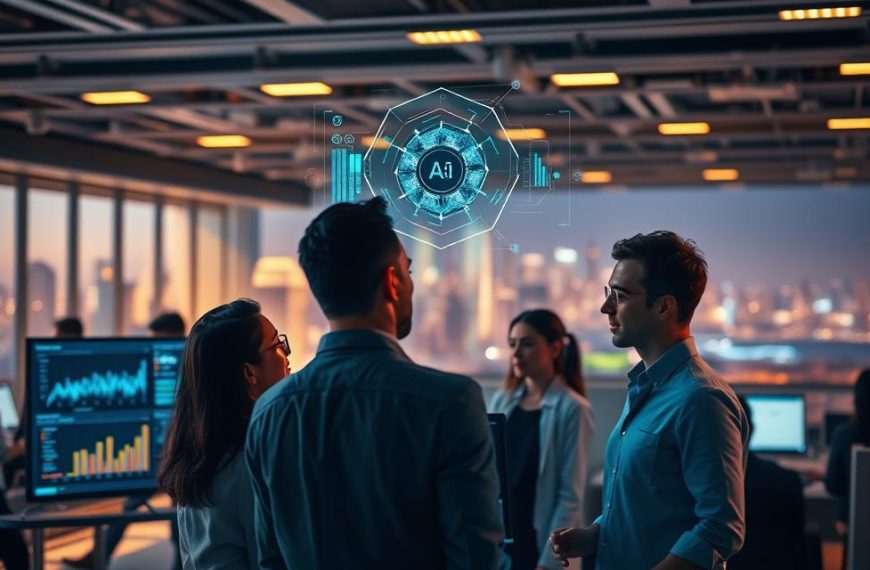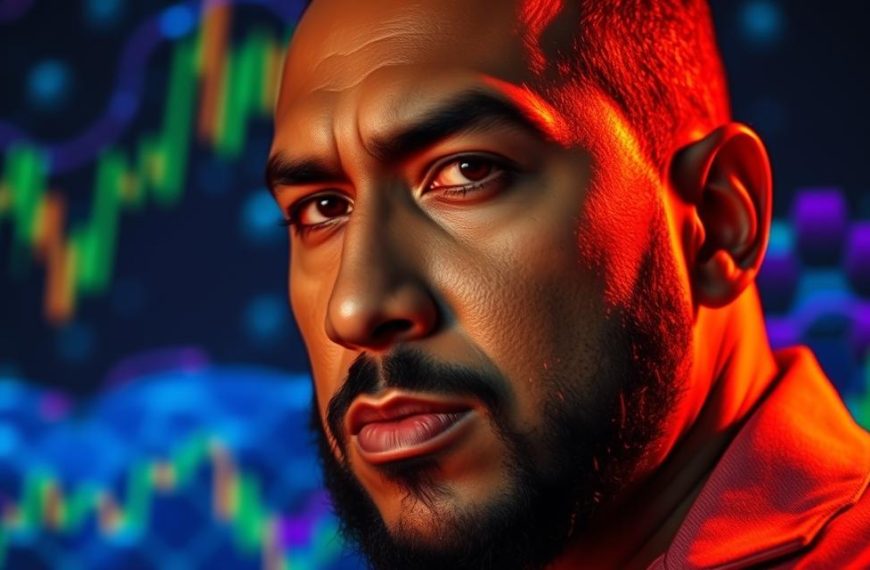The integration of technology in educational settings has sparked a significant debate about its impact on student learning and attention spans. Modern classrooms have evolved dramatically with the introduction of laptops, tablets, and smartphones, creating both opportunities and challenges for effective education.
Research indicates a concerning trend of digital distraction, with significant percentages of students reporting difficulty maintaining focus when devices are present. As a result, educational institutions are grappling with finding the appropriate balance between leveraging technology‘s benefits whilst minimising its potential negative effects on learning.
This article examines the evidence regarding technology‘s dual role in education, exploring whether digital tools primarily enhance or hinder the learning experience in the class.
The Digital Dilemma in Modern Classrooms
As technology continues to permeate every aspect of education, it brings with it both the potential to enhance learning and the risk of distraction. The modern classroom is now a hub of digital activity, where students use devices to access a wealth of information.
Current Technology Landscape in Schools
Most school districts in the United States have adopted a 1-to-1 computing environment, providing each student with a school-issued device. This shift has transformed the way content is delivered and consumed in the class. Digital learning materials and online testing have become the norm, making technology essential to the day-to-day functioning of schools.
The Dual Nature of Educational Technology
Technology in the classroom presents a dual nature: it offers unprecedented access to information and interactive learning opportunities, while introducing potential distractions and management challenges for educators. Teachers must balance the benefits of technological tools with their potential to divert students’ attention away from learning objectives, making it a significant part of their day-to-day teaching.
Does Technology Distract Students? The Evidence
With the proliferation of digital devices in classrooms, understanding their impact on student focus is crucial. The evidence suggests that technology can be a significant source of distraction for students.
PISA Survey Findings on Digital Distractions
The 2022 Program for International Student Assessment (PISA) provides compelling evidence regarding technology’s impact on student attention. According to the PISA questionnaire, approximately two-thirds of U.S. students reported being distracted when using digital devices in class.
Correlation Between Device Use and Academic Performance
PISA data reveals a concerning correlation between digital distraction and academic performance. Students who reported being distracted by others’ device use scored an average of 15 points lower in mathematics. Research from Rocketbook indicates that 53.7% of college students admit to being distracted by electronic devices during class time.
| Educational Level | Distraction by Devices | Average Score Impact |
|---|---|---|
| Secondary Education | Two-thirds of students | 15 points lower |
| College | 53.7% of students | Not specified |
The evidence suggests that digital distractions affect students across different age groups and educational levels, indicating a universal challenge. When students divide their attention between educational content and unrelated digital activities, their comprehension and retention of material significantly decreases.
The Scope of Classroom Distractions
The widespread use of devices in educational settings has created multi-layered challenges for maintaining student focus. The classroom environment is now filled with potential distractions, ranging from personal devices to school-issued technology.
Personal Devices vs. School-Issued Technology
Many schools have restricted student cellphone use during the school day due to the enormous distraction they cause. However, managing distractions on school-issued laptops and tablets presents a more complex challenge as these devices are often essential to the learning process. Students report different distraction patterns between personal devices, often used for social media and messaging, and school technology, typically used for games, unauthorised websites, or non-class-related research.
Notification Overload: The Numbers
A Common Sense Media report found that teenagers receive a median of 273 notifications daily, with nearly a quarter coming during school hours. This constant stream of notifications creates significant interruptions to the learning process. According to a nationally representative survey, off-task behaviour on laptops or tablets is the second most common source of distraction for students, at 38%, surpassing even cellphones.
| Source of Distraction | Percentage |
|---|---|
| Other Students | 61% |
| Off-task behaviour on laptops/tablets | 38% |
| Cellphones | Below 38% |
Educator Perspectives on Classroom Technology
Educators are grappling with the challenges and benefits of incorporating technology into their teaching practices. As technology becomes more prevalent in classrooms, teachers are reassessing its impact on student learning and their own teaching methodologies.
Monitoring Challenges
The increased use of devices in the classroom has introduced new monitoring challenges for teachers. “There is a lot of monitoring with the students having computers that we didn’t have before having computers,” said a middle school English teacher from Florida. This shift has led to the adoption of software like GoGuardian to monitor student screens, potentially diverting time away from direct instruction.
“Teachers are now expected to ‘monitor’ students’ screens through programs like GoGuardian instead of coming around and actually helping students do work,” noted a high school world language teacher from Pennsylvania.
Balancing Digital and Traditional Learning
Many educators have adopted strategic approaches to technology integration, balancing digital tools with traditional teaching methods. Kristy Zaleta, principal of Rogers Park Middle School in Danbury, Conn., emphasised the importance of being mindful about technology deployment. Students use laptops for personalised learning software for limited periods, such as 30-45 minutes per week, while other lessons involve physical manipulatives and hands-on activities.
| Teaching Method | Time Allocation | Educational Benefit |
|---|---|---|
| Personalised Learning Software | 30-45 minutes/week | Develops digital skills |
| Hands-on Activities | Ongoing | Enhances critical thinking |
By balancing technology use with traditional methods, educators aim to create a productive learning environment that minimises distractions while maximising educational benefits.
When Technology Enhances Learning
Effective technology integration is key to unlocking the full potential of students in the classroom. When used strategically, technology can significantly enhance the learning experience by providing personalised learning pathways, immediate feedback, and access to diverse educational content.
Successful Implementation Strategies
To ensure that technology enhances learning, educators must implement it thoughtfully. This involves setting clear boundaries and expectations, as well as utilising robust monitoring systems to keep students on-task during device usage time. Many teachers have reported that technology has “unlocked a lot of potential and possibilities for education,” particularly in preparing students for careers in an increasingly digital workplace.
Preparing Students for a Digital Future
As technology continues to evolve, it is essential that educators prepare students for a digital future. This involves not only teaching technical skills but also promoting digital literacy. By incorporating apps and online platforms into their teaching practices, educators can help students develop the skills they need to succeed in a rapidly changing world.
Finding Balance in the Digital Classroom
In today’s digital age, educators face the challenge of harnessing technology to enhance learning without succumbing to its potential distractions. As an elementary school teacher from Utah noted, “I think that 1:1 classroom computing has added another dimension to classroom management… Overall, my feeling is that the benefit of students using approved internet resources far outweighs the added management problems.”
The key to successful digital learning environments lies in striking a balance between technology use and educational objectives. This involves setting clear boundaries, integrating technology purposefully, and providing regular opportunities for device-free interaction and discussion. In college settings, students must develop self-regulation skills to avoid digital distractions that can undermine their career preparation.
Ultimately, the future of education will likely involve a thoughtful blend of traditional and digital approaches, creating dynamic learning experiences that prepare students for a technology-rich world. By continually evaluating and refining technology policies, educational institutions can harness technology as a tool that enhances rather than diminishes the educational experience.

